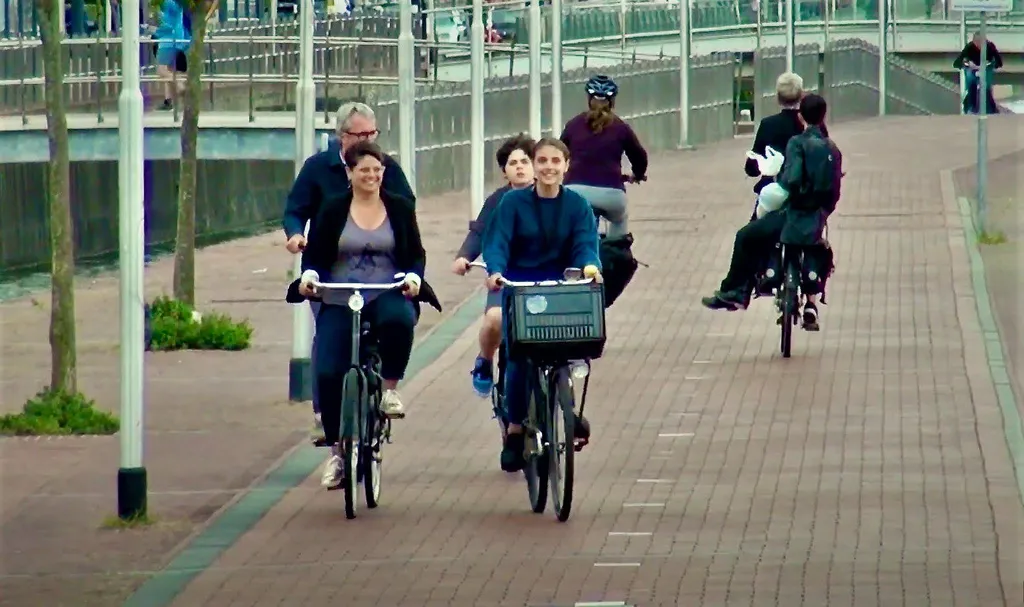In the heart of the Netherlands, a quiet revolution is brewing, one that could reshape urban landscapes and redefine mobility for older adults. Fatemeh Torabi Kachousangi, a researcher at Delft University of Technology’s Department of Transport & Planning, has delved into the world of shared mobility, seeking to understand how it can reduce car dependency among inner-city residents aged 50 and above. Her findings, published in the journal *Transportation Research Interdisciplinary Perspectives* (or *Interdisciplinary Perspectives on Transportation Research* in English), offer a compelling glimpse into the future of sustainable urban mobility.
Torabi Kachousangi’s study focuses on small to medium-sized Dutch cities, where car dominance has long been the norm. “We wanted to understand the mobility behavior of older adults, who are traditionally heavy car users,” she explains. By employing a Latent Class model, Torabi Kachousangi and her team identified four distinct groups of travelers: Price Sensitive & Private Car Enthusiasts, Time-Conscious Travellers, Pro-Cycling & Conventional travellers, and Micromobility Enthusiasts. Each group has unique preferences and barriers when it comes to adopting shared mobility options.
The study reveals that a significant portion of travelers recognize the value of shared mobility in reducing private car dependency. This is a game-changer for the energy sector, as reduced car usage directly translates to lower fuel consumption and decreased emissions. “Our findings underscore the need for targeted interventions to address barriers and enhance accessibility to promote shared mobility adoption,” Torabi Kachousangi notes.
The research highlights the role of key factors such as travel cost, travel time, and walking distance in shaping mode choices across five transport options: bike, e-bike, e-scooter, e-Brommobiel, and e-car. By understanding these preferences, urban planners and policymakers can tailor strategies to encourage the use of shared mobility options, ultimately reducing the environmental, health, and congestion challenges posed by car dominance.
For the energy sector, this research opens up new avenues for collaboration and innovation. As shared mobility gains traction, the demand for electric vehicles and sustainable energy solutions is set to rise. This shift presents an opportunity for energy companies to partner with urban planners and mobility service providers to create integrated, eco-friendly transportation networks.
Torabi Kachousangi’s study also proposes specific policy measures based on the distinct passenger segments identified. These measures not only enhance transport planning but also address existing challenges and user concerns in sustainable urban mobility. By adopting a segmented approach, cities can create more effective and inclusive mobility solutions that cater to the diverse needs of their residents.
As we look to the future, the insights from this research could shape the development of smart cities and sustainable urban environments. By understanding and addressing the preferences and barriers of older adults, we can create more inclusive and resilient urban mobility systems. This, in turn, will pave the way for a greener, healthier, and more efficient urban future.
In the words of Torabi Kachousangi, “The transition to shared mobility is not just about changing transportation modes; it’s about transforming our cities and our way of life.” As we embrace this transformation, the energy sector stands to play a pivotal role in shaping the sustainable cities of tomorrow.

